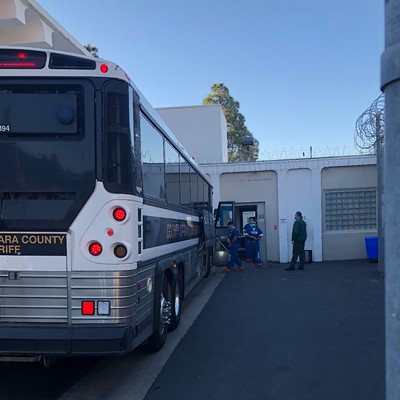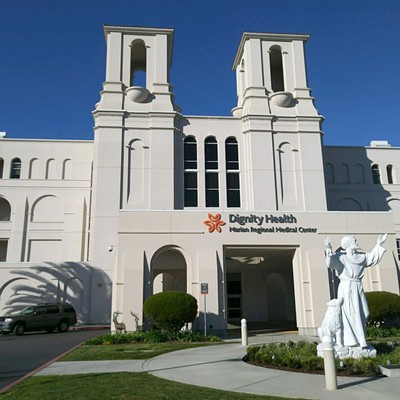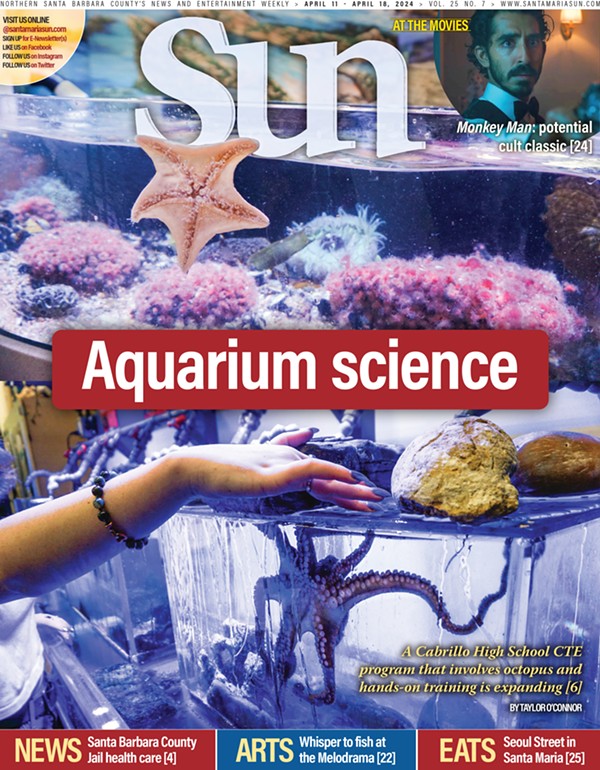As Santa Barbara County faces record levels of unemployment, elected officials and community stakeholders are looking to much-needed transportation and infrastructure improvements as a way to boost the local economy. According to Santa Barbara County Association of Governments Executive Director Marjie Kirn, the county has $700 million worth of ready-to-deliver projects that, if funded, could generate 9,000 jobs.
Congressional leaders and local representatives came together in a tele-roundtable on May 1 to discuss the best ways to make these projects a reality. Hosted by U.S. Rep. Salud Carbajal (D-Santa Barbara), vice chair of the House Committee on Transportation and Infrastructure, the roundtable brought in the committee’s chairman, U.S. Rep. Peter DeFazio (D-Oregon), to discuss how Congress is working to alleviate the crisis at regional levels.
“We’re going to be in something way more akin to the Great Depression than the Great Recession,” DeFazio said during the roundtable. “The vision that we and the House Democrats have is that recovery will come through a massive rebuilding of the nation’s infrastructure.”
Kirn explained in a later conversation with the Sun that infrastructure projects are an especially good bang for the county’s buck.
“It’s a really good investment because you get the money out, you get the jobs, and then you get something that will last a lifetime,” she said.
Kirn said that Santa Barbara County is fortunate to have passed Measure A in 2008, which allocated sales tax revenue to transportation and infrastructure project development.
Some infrastructure funding sources, Kirn explained, can only be used on actual construction. Because projects require much more than that—such as engineering and design phases—having the localized, sales-tax-based funding source is key to getting projects construction-ready, especially when the economy is hit with a sudden need for new jobs.
But now, sales tax revenues are in peril: Because of the pandemic, Kirn estimates a $5.5 million loss this year in the usual funding allocated toward transportation and infrastructure projects in the county.
“We’ve been starved for transportation funding,” she said, even before COVID-19.
“They still have many projects that are unfunded,” Carbajal told the Sun. “Usually there’s a backlog of projects that there’s not enough money for.”
For that reason, during the roundtable Kirn recommended that DeFazio and Carbajal focus their committee efforts toward securing funding in the form of Surface Transportation Block Grants. These grants can be used for all phases of infrastructure development, from design to construction, and Kirn said they’re the most straightforward grants to get on a local level.
“It goes directly from the federal government to the regions and can be used very effectively in accomplishing what I think they want to accomplish, which is stimulating the economy and getting projects on the ground,” Kirn said.
Because the block grants are best for “projects that are ready to go and moving forward,” Kirn explained that this form of funding would provide the quickest and most efficient relief locally, potentially creating 9,000 new jobs in the county. Some of the ready-to-deliver projects include the Santa Barbara U.S. 101 Multimodal Corridor Project, which includes adding a high occupancy vehicle lane to Highway 101 to help alleviate traffic congestion.
During the roundtable, Santa Barbara County Public Works Director Scott McGolpin reiterated Kirn’s points about the importance of straightforward funding sources.
“If you can get money directly at our hands at the local level, that’s going to go further and we’re going to get it on the street quicker,” McGolphin said.
Carbajal and DeFazio both expressed that as Congress works toward passing what they called a “CARES Act 2.0,” as well as a potential infrastructure bill, they will look to the input given by community stakeholders as to which types of funding would be best for the local economy.
The CARES Act—an acronym for Coronavirus Aid, Relief, and Economic Security Act—was the federal stimulus package passed on March 25. Roundtable attendees all expressed gratitude toward Carbajal and DeFazio for their congressional committee efforts in pushing for transportation and infrastructure funding in the first iteration of the CARES Act.
“ ... $8 million of our $28 million budget is fares which we’re unable to collect at this point to mitigate the spread of COVID,” Santa Barbara Metropolitan Transit District General Manager Jerry Estrada said during the meeting. “Also $10 million of our operating budget is sales tax, so the CARES Act funds are critical.”














